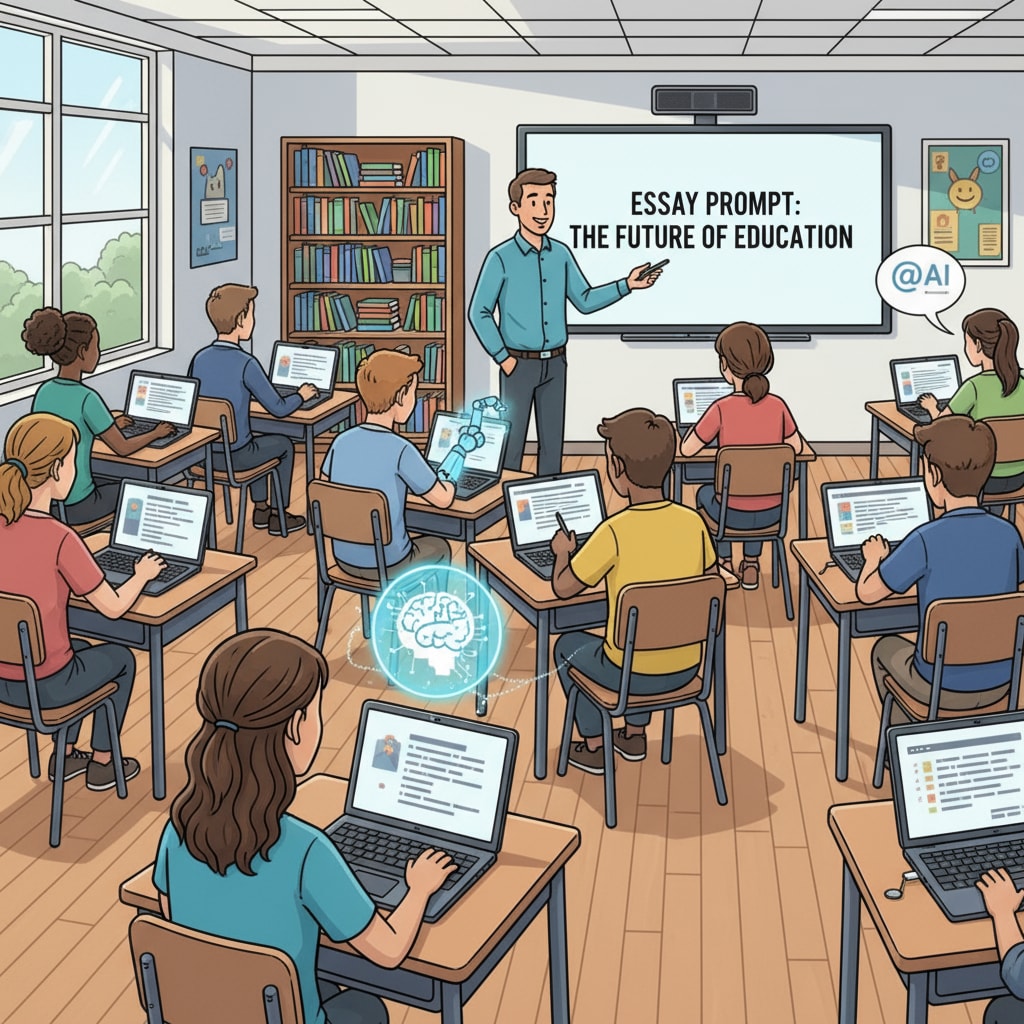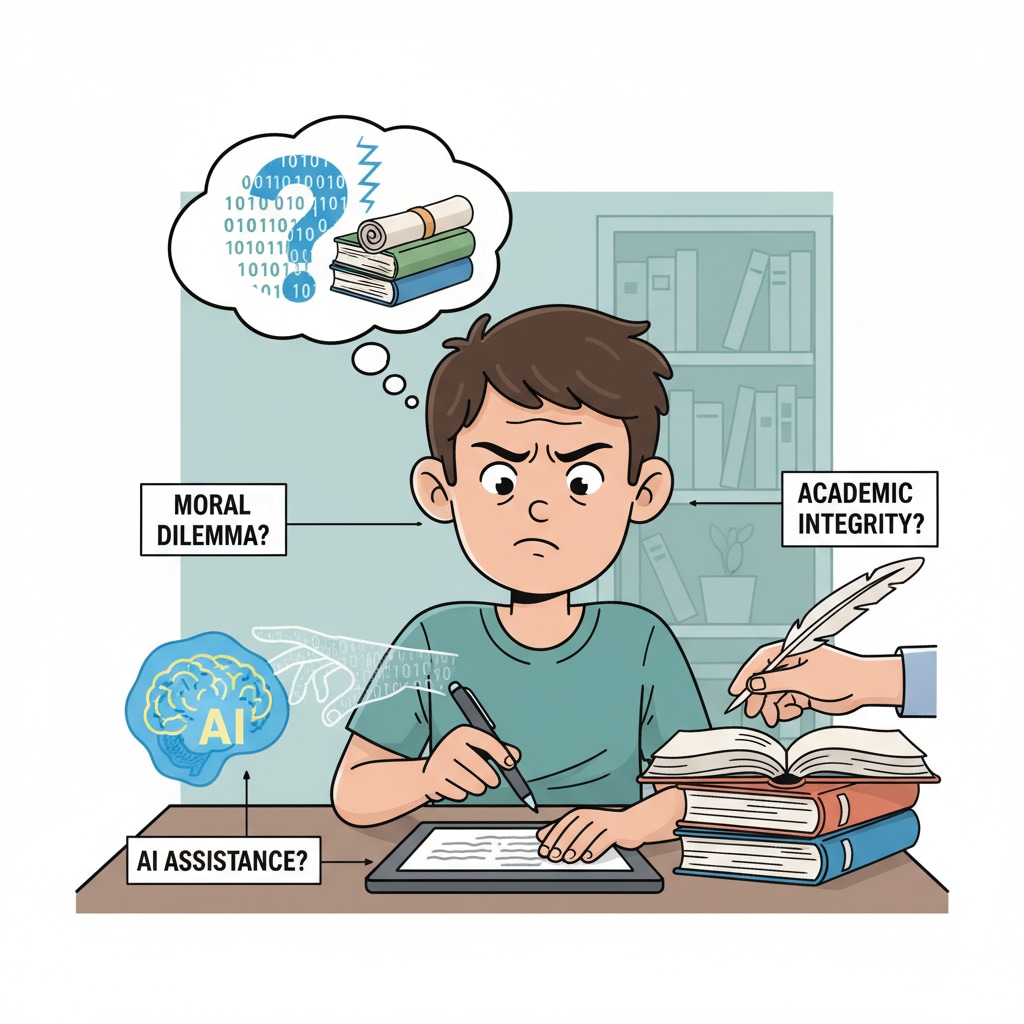In the age of rapid technological advancement, the issues of student writing, assignment authenticity, and educational objectives have become more complex than ever. The widespread use of AI tools in education has brought about a new set of challenges and opportunities that demand our attention.

As students increasingly turn to AI assistants for their writing tasks, educators are grappling with maintaining the integrity of assignments and achieving the true educational purposes.
The Impact of AI on Student Writing
The rise of AI has revolutionized the way students approach writing. With just a few clicks, students can generate well-structured essays, reports, and stories. For example, platforms like ChatGPT can provide instant responses to various writing prompts. This ease of access has led to concerns about whether students are truly developing their writing skills. ChatGPT on Wikipedia While AI can be a useful tool for brainstorming and getting ideas, it also poses a threat to the authenticity of student work. Students may be tempted to submit AI-generated content as their own, bypassing the learning process that comes with crafting their own thoughts and words.

Challenges to Assignment Authenticity
Determining the authenticity of student writing has become a significant challenge for educators. Traditional methods of detecting plagiarism are no longer sufficient, as AI-generated text often passes through plagiarism checkers undetected. In addition, the similarity in writing styles produced by AI can make it difficult to distinguish between genuine student work and AI-generated content. As a result, educators are forced to find new ways to assess the authenticity of assignments. They may need to rely on in-class writing assessments, one-on-one discussions with students, or more detailed rubrics that evaluate not only the final product but also the process of writing.
Rethinking Educational Objectives in the AI Era
In light of these challenges, it is essential to rethink the educational objectives of writing education. Instead of solely focusing on the end product of a written assignment, educators should place more emphasis on the process of writing. This includes teaching students critical thinking skills, research methods, and the ability to express their unique perspectives. By doing so, students will be better equipped to use AI as a tool rather than a substitute for their own thinking. Education on Britannica The goal should be to develop students’ genuine writing abilities that will serve them well in the long run, regardless of the technological tools available.
Readability guidance: By breaking down the complex issues into shorter paragraphs and using lists when appropriate, we can better understand the impact of AI on student writing, the challenges to assignment authenticity, and the need to rethink educational objectives. Using transition words like “however,” “therefore,” and “in addition” helps to create a more coherent flow of ideas. Each H2 section provides a clear focus on a specific aspect of the topic, making it easier for readers to follow the argument.


